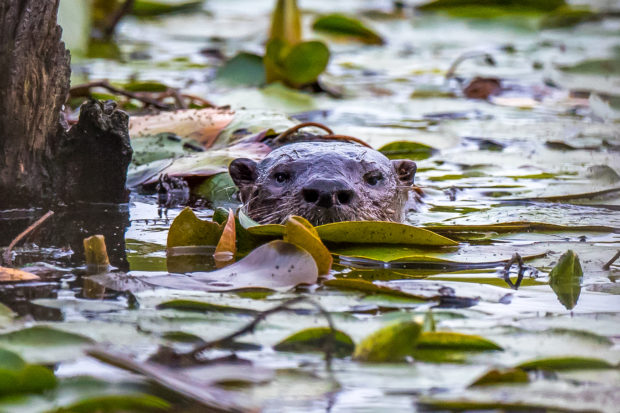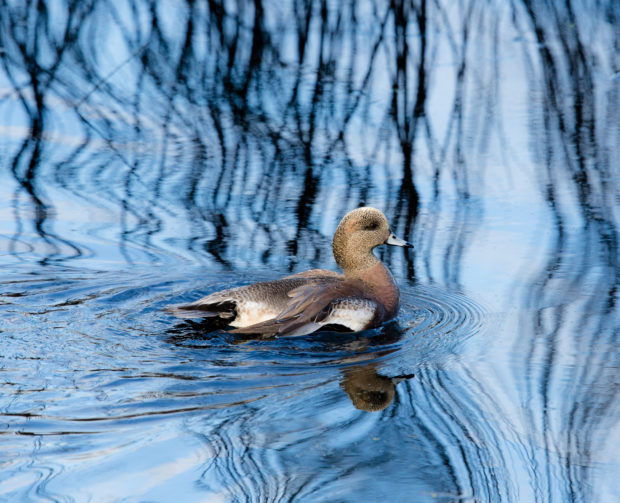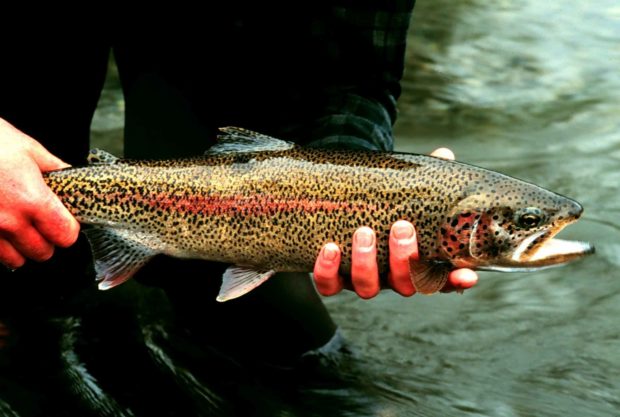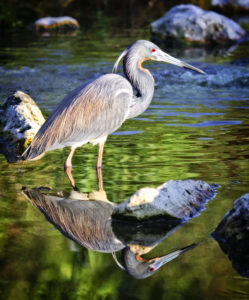We have much more to do and your continued support is needed now more than ever.
Clean Water Act Turns 46 – Let’s Keep It Strong

Once upon a time, industries were allowed to dump so much pollution into our rivers, lakes, and streams that water actually caught fire. Rivers like Ohio’s Cuyahoga River caught fire multiple times before the infamous fire in 1969. The average loss of wetlands in the United States from the 1950s to the 1970s was 458,000 acres per year. So much industrial pollution and agricultural runoff fouled Lake Erie that it was declared dead in the 1960s – the pollution was so devastating that Dr. Seuss referred to Lake Erie’s deterioration in The Lorax.
In 1972, Congress passed the Clean Water Act, which, for forty-six years, has helped safeguard our nation’s waters. The Act established pollution controls and water quality minimums that states must reach. It also established grant programs for states, territories, and tribes that are critical to help focus local and state efforts to achieve these standards. Over the past four decades, the rate of wetland loss slowed, rivers stopped catching fire, and the number of waters that meet clean water goals nationwide has doubled – benefiting our drinking water, public health, outdoor recreation, and wildlife.

Clean Water Act Under Attack
Despite these Clean Water Act successes, there is still a long way to go. Nearly half of our nation’s rivers and streams are in poor health and increased nutrient pollution, climate change, and poor water management decisions have exacerbated the toxic algae outbreaks plaguing our waters from the Great Lakes to the Gulf of Mexico. What’s worse, the significant progress we’ve made toward clean swimmable, fishable, and drinkable waters is in danger of being completely erased. Although Americans believe that protecting clean water should be a national priority, the Trump Administration is in the midst of an all-out assault on our nation’s water, through budget cuts and legislative attacks as well as directly weakening the Clean Water Act itself.

The Administration is close to finalizing its repeal of the 2015 Clean Water Rule, which restored pollution protections to small streams, headwaters, and wetlands that flow downstream into our nation’s larger rivers and lakes like the Chesapeake Bay, Mississippi River, and the Great Lakes. The rule clarifies that these waters – the waters that supply drinking water for more than 117 million Americans and serve as critical fish and wildlife habitat – will remain free of pollution. Since 2014, more than a million Americans have made it clear that they expect the EPA to enforce a strong Clean Water Act and protect our waters, not open them up to more pollution.
Disregarding science and public opinion, the Trump Administration is about to do just that. The Administration is about to come out with a new rulemaking to replace the 2015 Clean Water Rule, which will likely be an unprecedented rollback of the historic scope of the Clean Water Act. This could mean the loss of protections for nearly 60% of streams in the lower 48 states that don’t flow year-round and threaten protections for the majority of the 110 million acres of wetlands in the continental United States. It could make things worse for low income communities and communities of color that already disproportionally lack access to clean drinking water. It could expose wetlands that many communities rely on for flood protection to the threat of destruction.

If these waters lose the protection afforded them by the Clean Water Act, it would have devastating impacts on fish, wildlife, and our robust outdoor recreation economy – not to mention the water quality of the streams that provide our drinking water.
Defend the Clean Water Act on its 46th Anniversary

History has shown us what happens without nationwide clean water standards. We need strong federal Clean Water Act safeguards, not haphazard rules that disregard the science, contradict the law, and ignore public input. We must move forward, not backward. The National Wildlife Federation is doing everything we can to defend water for wildlife and for your community, both in court and in Congress. But we need you to add your voice and stand up for the Clean Water Act and tell Congress, the Administration, and your Governor that you oppose any attack on our clean water.






















